After museums started to reopen, I decided to take a day off to spend time exploring some National Trust properties that I had not yet been able to explore as I had only become a member in the summer of 2019. I had the perfect weather for it, and my first stop of the day was to visit Lacock, a property and village that impressed me during a December visit, which you can read more about here: Christmas at Lacock. You may recognise some of the photographs of the abbey and village because it is used as a filming location. Two of the most famous franchises was filmed here: Harry Potter and Downton Abbey.
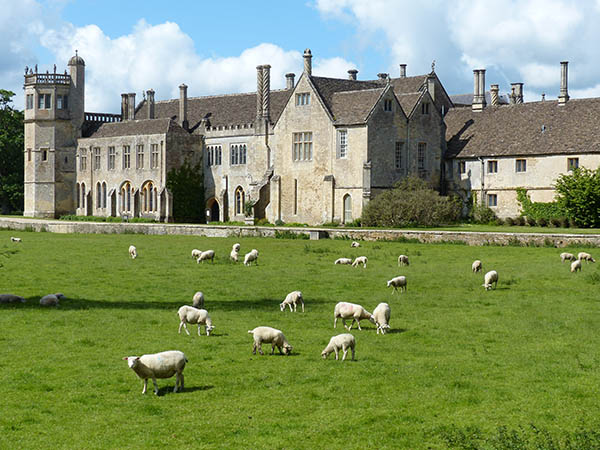
There are two parts to Lacock Abbey - the older monastary for nuns and abbey and the mansion house. The mansion house was actually built from the monastary. The rooms were re-purposed and extended for private family use. Remaining bits of the abbey can be seen in the cloisters and the rooms leading off of them. In addition to the abbey, visitors can walk around the gardens and wooded areas, explore a museum about photography, and enjoy the shops and facilities that the village has to offer. (The photography museum here focuses on the work of William Henry Fox Talbot, who lived at Lacock Abbey and helped to create the photograph negative to allow the image to be captured and reprinted on paper).
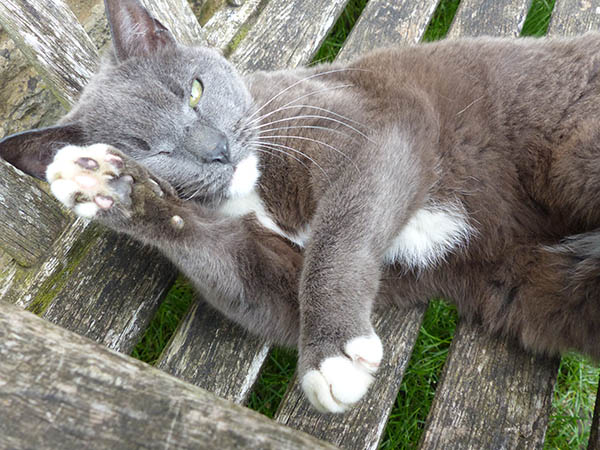
When I arrived at Lacock, I walked by the resident kitty, and he or she relished in some attention.
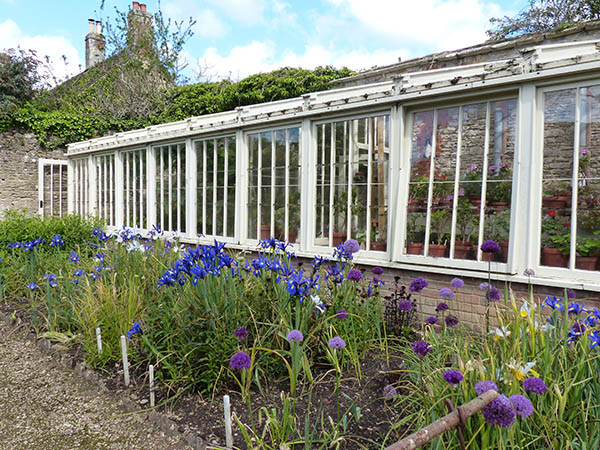
I had a quick look into the gardens and a walk around the trails to the abbey before it was open for my visit. The spring colour was welcoming after so many wet and cold days and being stuck inside my home for so long.
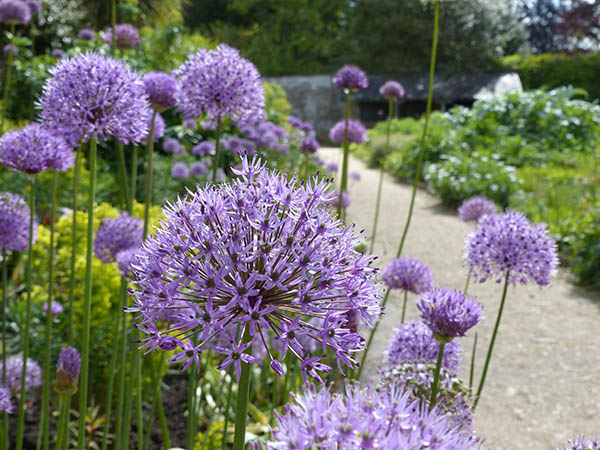

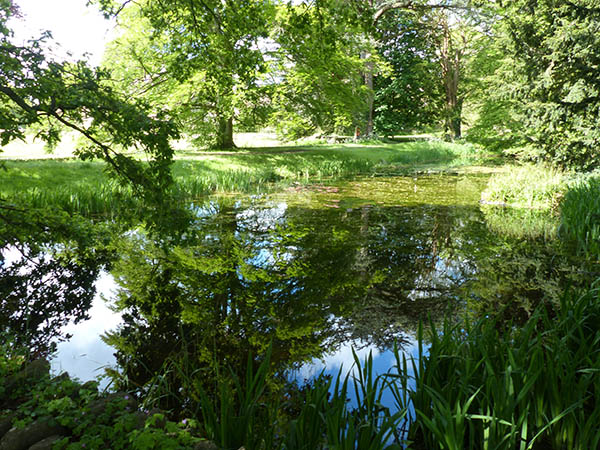
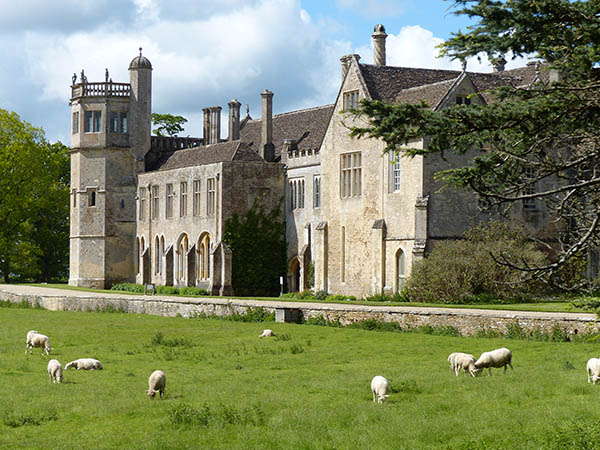
Unfortunately, many of the rooms off of the cloisters were closed to visitors because of the coronavirus pandemic as they could cause bottlenecks, though no one was around when I visited. I had the place to myself.
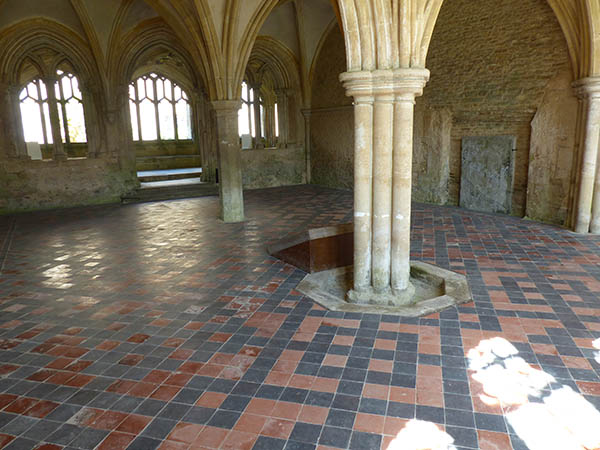
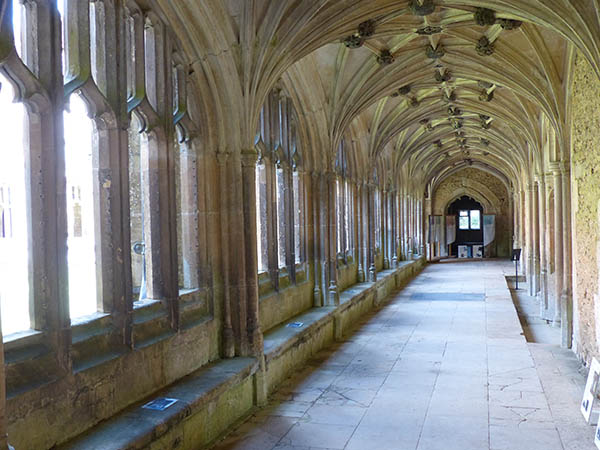

I entered the abbey to see what it was like inside. The first room (the Great Hall) was spacious one filled with sculptures floor-to-ceiling. Apparently there is a tradition in this room with one sculpture with a human and a goat. A former visitor balanced a sugar cube on the goat's nose, and the owner thought that this was funny, so a sugar cube is kept on the goat's nose.

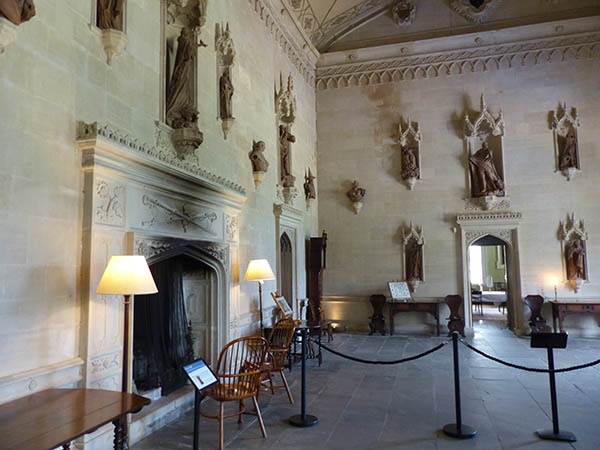
Many of the rooms have had walls added or removed from its former days as a nunnery. The below is the Brown Gallery that contains some old paintings and a portrait of the last owner, Matilda Talbot. She donated the abbey to the National Trust in 1944. It was becoming too expensive to maintain.
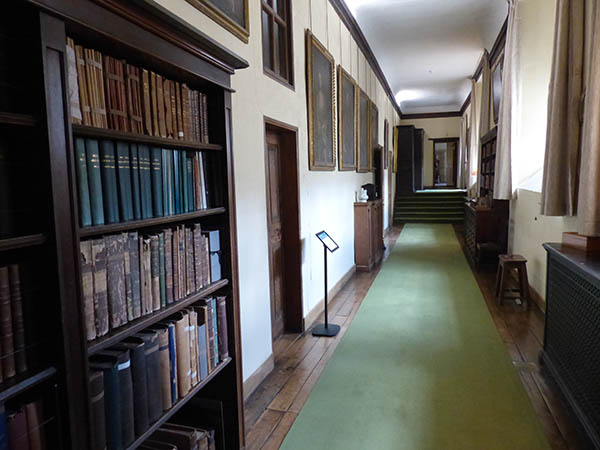
Off of the gallery is the Pulpit Room, which is where nuns would have eaten and read from the Bible.
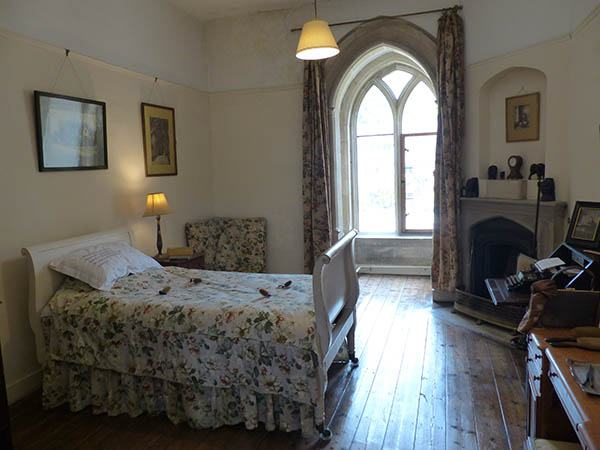
This long corridor-looking room was much larger and was the sleeping quarters of the nuns at one time. It has been divided into smaller rooms with a ceiling added. Twenty-five nuns would have slept in this area on straw beds and separated with screens.
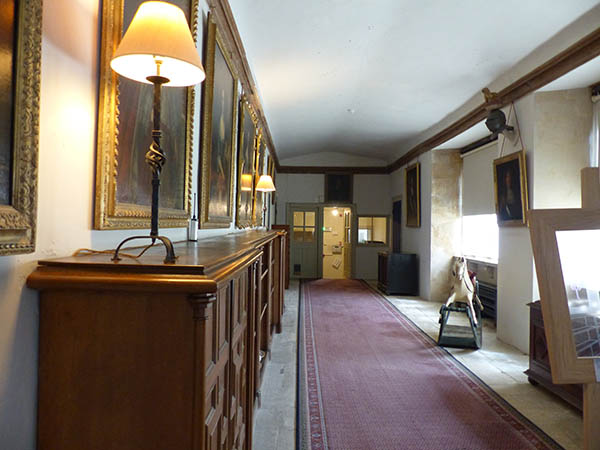
This gallery contains the oldest door in the abbey.
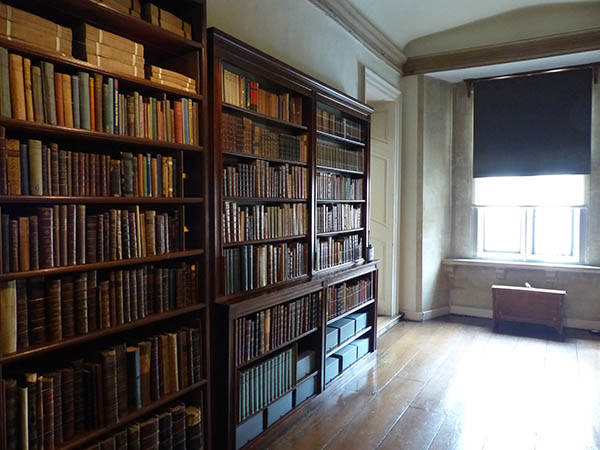
The Blue Parlour is where Matilda Talbot would have had afternoon tea, and she painted it the blue colour. It appeared in "Country Living" magazine in 1923. The room was used by William Henry Fox Talbot as his study, and it was filled with books.

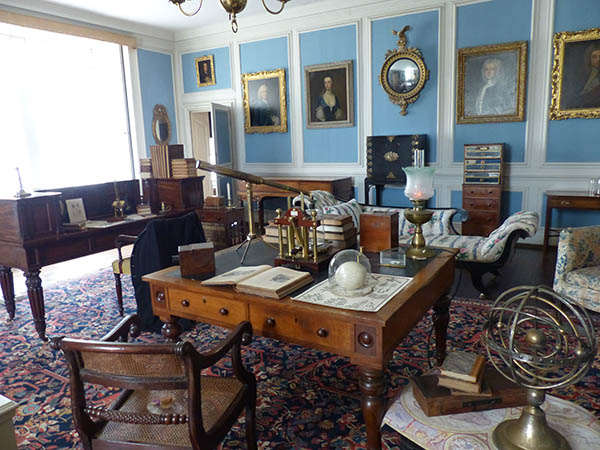
The South Gallery was a corridor that separated the guest area from the private area at Lacock Abbey.

In this room is the famous window that was used to create the first photographic image, dating 1835. The image or a copy of it exists in the museum next door. The light coming in from the window exposed a small lightbox (a small wooden box with a tiny lens inside) placed on a mantle. Over time, this produced an image.
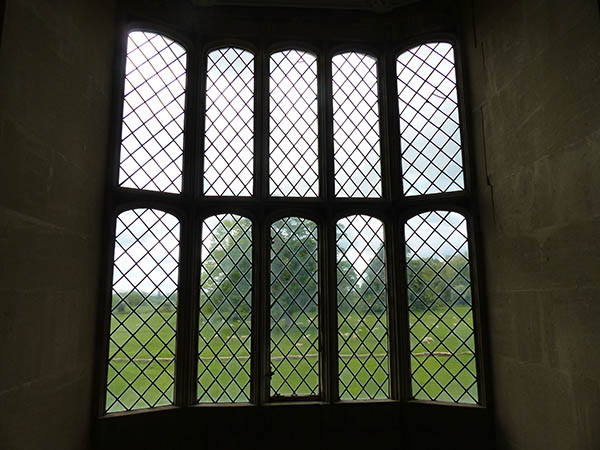

The dining room was the last room before exiting back through the Great Hall. This room contained several paintings. In the octogon space above the door in the below photograph, a portrait of Henry VIII by Holbein was present. It was sold to pay for repairs to the abbey and it has since been lost.

Due to the pandemic, not all areas are open just yet in Lacock Abbey. After visiting what I could, I headed back outside.

The stables outside of the abbey contain the remains of a brewery, bakehouse, and other work buildings. This is one of my favourite areas of Lacock Abbey because the doors in this courtyard are spectacular.

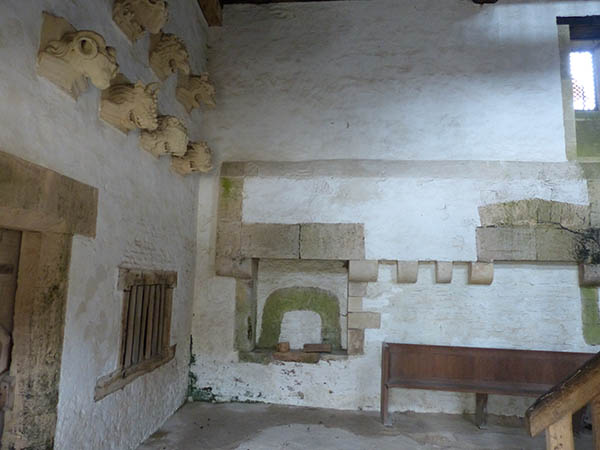

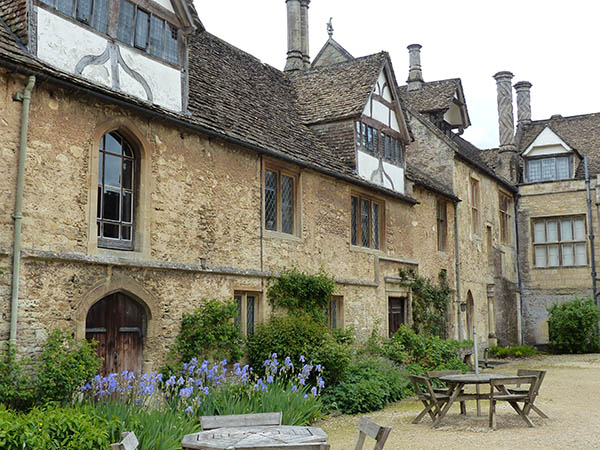

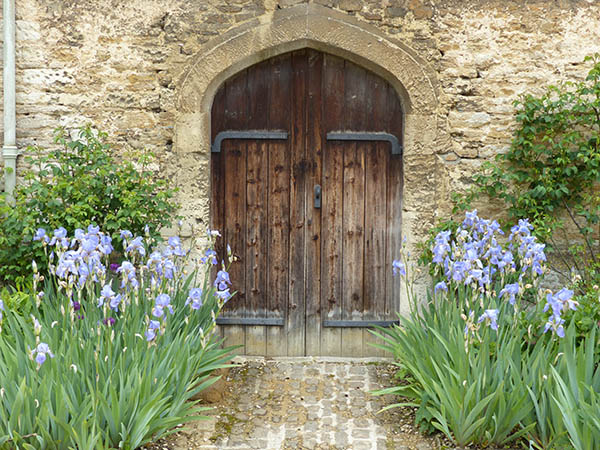
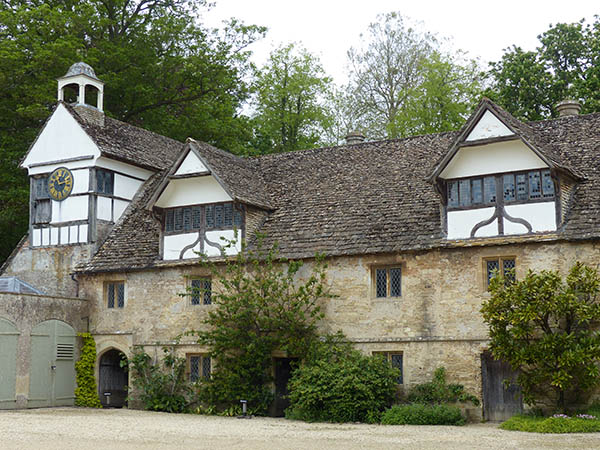
After my visit to the abbey, I visited the Fox Talbot Museum at the entrance. This little museum details the discovery of photography and the processes of capturing an image through cameras to print. I'll be adding a separate post for this visit. I do recommend a visit to it as it is very interesting. I wonder what William Henry Fox Talbot would think now with almost everyone (at least in first world countries) having almost constant access to a camera on a telephone device that fits in a pocket.
For more posts about Lacock Abbey:
Visiting Lacock at Christmas (National Trust, Wiltshire): Lockdown Edition
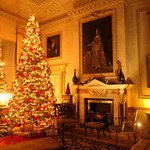


Leave a comment